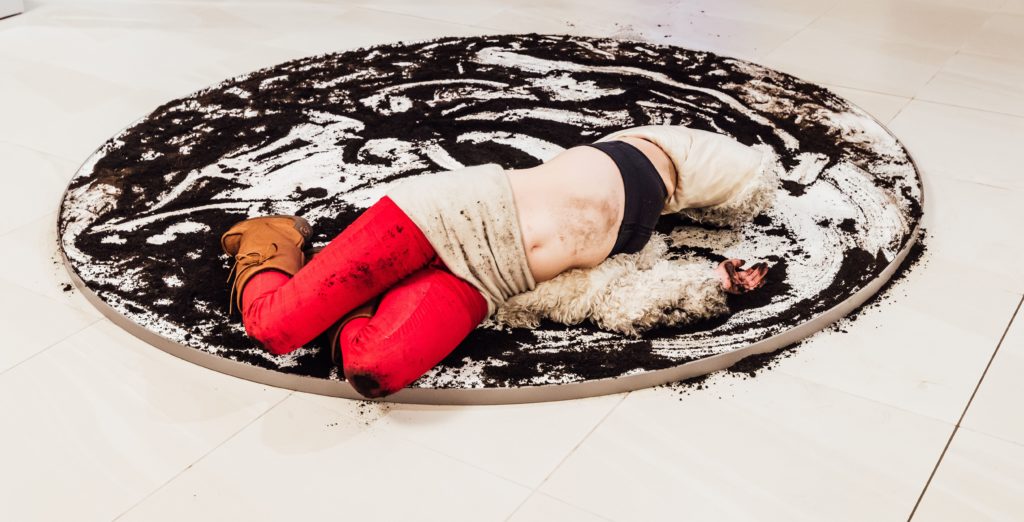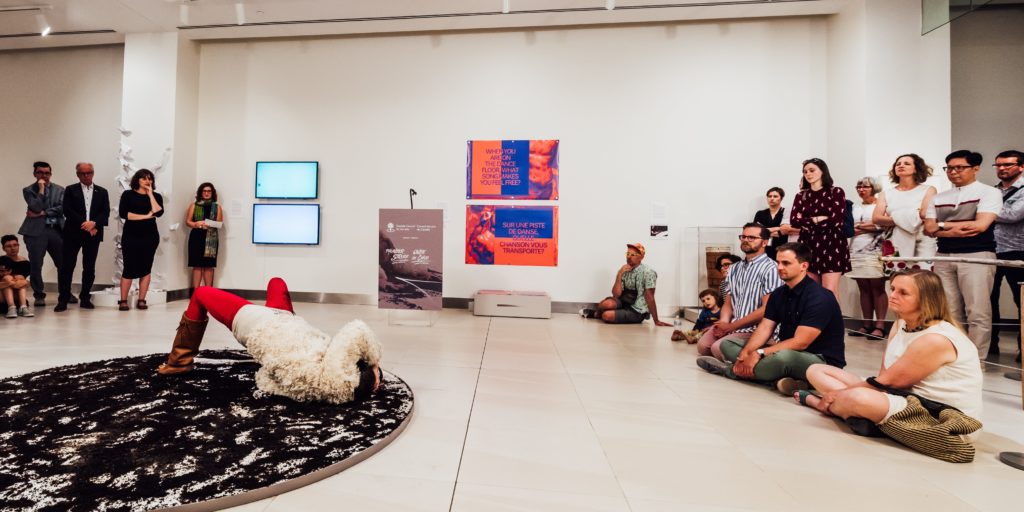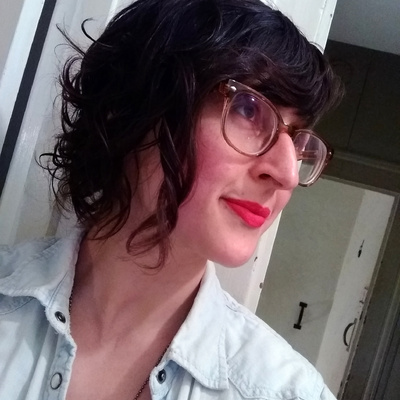What Are Circus Audiences Ready For?
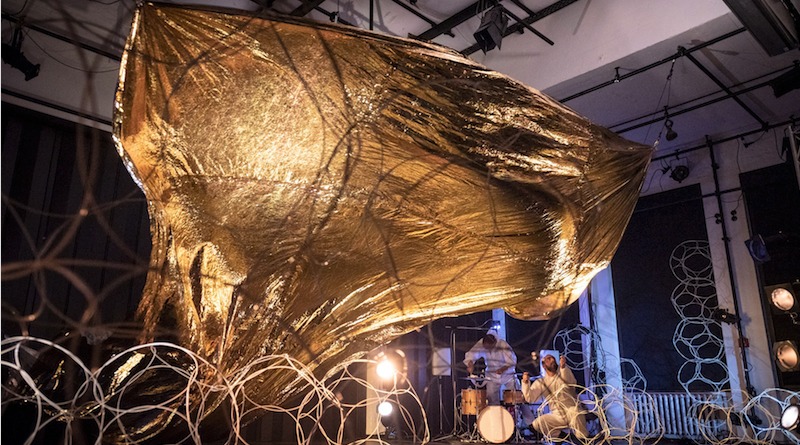
If I were to ask, “What is the purpose of art?”… What would we answer? Beauty? Catharsis? Social questioning? Expressing the human spirit? Changing the world? How about “transmission”? At its most basic, the goal of the artist is to become a medium or to use media to pass on a message. In the English language, “transmit” is synonymous with: to transfer, communicate, impart, relay, mediate, bear.
Born of an impulse, a desire to create something beyond oneself, art is a vessel to hold meaning. It has value as an act of catharsis, expression for the sake of its meaning to the individual. Even greater is its value when multiplied by an audience, a willing other to share some ineffable truth. A message completes its purpose when it’s received. As artists, as circus artists, what do we transmit to our audiences? What are they ready for, and how do we speak?
In a recent NYC panel, contemporary circus was discussed in a regional and international context, and questions of purpose and intent were front and center. Interdisciplinarity was a common topic, with artists and presenters looking to maximize their dream interests and ideas, as well as to draw in more audiences from other areas of the arts. General consensus holds circus values to identification with highly specialized skill, which then split into factions of art for arts sake, and communication on a human level. I’d like to break briefly into a discussion of the value of art in order to circle back around to the topic of interdisciplinarity, its purpose and potential.
Every art form has unique strengths, weaknesses, and abilities to communicate, as does every artist. Sculpture excels at mediating the relationship between body and environment. 2D helps us understand representation in a singular frame. Time-based media sweep us into simulated narratives and environment. Music is a tap line to emotions, to the rhythm of our blood. Craft speaks to service and ubiquity. Social practice makes art of relationships. And performance allows audiences to live embodied stories through surrogate performers.
To return to my initial question, what are we, as circus artists, transmitting? Circus’s strength is in speaking to the guts and heart, demonstrating risk and trust in executing the impossible and in being seen. Some say we are in the golden age of “tricks”, the primary vehicle of the art form, with schools and pedagogy expanding world-wide and performers entering structured training at earlier ages, excelling to higher heights. Tricks are part of audience expectation and nostalgia, and allow performers and companies to apply their craft from ambient entertainment, to stage, to corporate fundraiser, to nightclub fairly interchangeably. The demands of gig culture (particularly in the States) may mean this is the work that’s “expected”… to the point where students pursuing a career in the circus must be broken of habits to create beauty and sex appeal… to pursue anything but. What else are they searching for? Part of the issue is the inherent limit to what can be understood from the dramaturgy of a trick in itself.
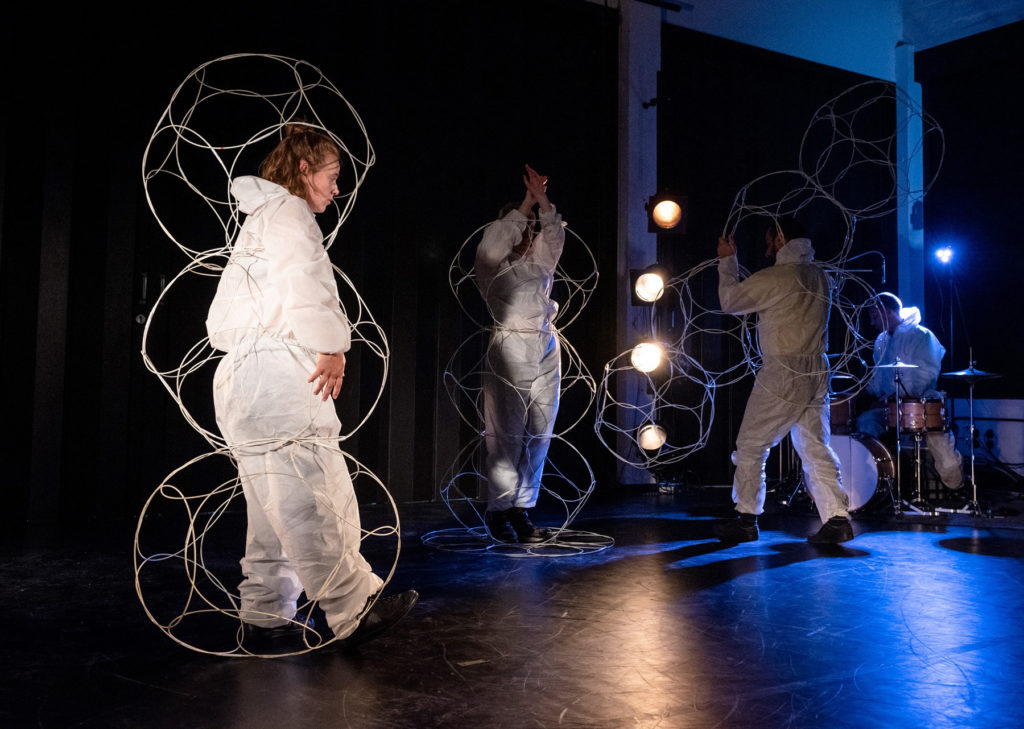
High level tricks inherently showcase spectacle, risk, and entertainment, demonstrating human ability to overcome obstacles. In the modern age of Hollywood superheros and the melding of our everyday with screens, we are still fascinated by our physical capabilities, but also surrounded by narrative examples and special effects that enhance our movement in ways that can’t compare. The exchange of presence between audience and viewer is an obvious difference and crucial factor in separating circus from the screen. But for modern audiences that have “seen it all”, what can we provide them that’s new? If we want to open to a conversation that leads to true investment, we must appeal to them as co-participants in the work’s meaning. As an example of this invitation, in the photos above we see fragments of a doctoral project Circus as Dialogic by Marie-Andrée Robitaille. Robitaille is a PhD candidate in performative and mediated practices, specializing in choreography at Stockholm University of the Arts in Sweden. In what she calls a “performance essay”, Robitaille investigates circus in dialogue with music, electronics, installation and visual arts. Inspired by the Bauhaus movement, the piece explores circus choreography through forms, motions, sounds and colors.
In a general sense, and in particular in America, modern audiences are starved of creative challenges. Much of the working class feels alienated by over-codified arts language and institutions. Setting aside cost barriers for what they are, what’s often missing is a recognizable understanding between concepts and craft or discipline. This is not to say that American masses are not ready for challenge, in fact the opposite– but that one of the dilemmas of contemporary art is its (perceived or real) separation from what is communicable and important to average humans. In this way sustainability in the arts may be linked to a work’s ability to bridge that gap, to offer something that can be truly integrated by it’s audience.
Contemporary circus art maintains appeal through highly specialized skill, but I would argue that it often struggles to connect relatable concepts to its systematized movement. It feels like habit, supported by the established pathways and inherent reward of executing a new move or apparatus. Tricks are inherently “solvable”, while opening up a poetic question is not. Train more and you will do the next-hardest trick, which will be more impressive than the last, but only to audiences who are educated enough in their bodies or the language of movement to differentiate the mechanics. This is by far not the majority of people. The opportunity here is to value each trick for what it DOES communicate (brute strength, eroticism, care, collective dynamics, mathematical precision, lyricality, etc, etc…) and to use the strength of other art forms to communicate alongside it. Multi-disciplinary approaches choose the best qualities from each medium to create access points for the public. They create dialogues, not just statements.
Using concept as a way to bridge arts media creates space and opportunity for participants to read between the lines (forms) and create personalized meaning. It makes work more accessible. It creates questions that linger. A wave of bodies, a wave of light, and a wave of sound may together create more complex meaning than any one of these alone. It also opens the door for audiences with varying backgrounds and abilities to enter the world the art creates. This means room must be made on the stage for other media to enter. It means giving up the control that circus demonstrates so clearly in its physical prowess and resilience. We need to show power “with”, not power that we have “over” our audiences, and that “with” is the exchange of meaning. There is a quote by Claude Monet, grandfather of abstraction, that goes, “To see we must forget the name of the thing we are looking at.” Can circus step back to see it evolving meaning and potential?
Returning to the definition of transmission as “to bear,” we as artists are bearers of culture. We reveal and carry fresh aspects of human experience to give our audience. Art is meant to be on the front edge of what is known. And it is not just ours to know as practitioners, but for the world to know.
All photos courtesy of Sarah Muehlbauer. Feature photo Circus as Dialogic by Marie-Andrée Robitaille. Artists pictured: Kajsa Bohlin, Florence Huet, Eduardo Cardoza, Ricard Österstam. Photo credit: Matthias Ziemer. Copyright CirkusPerspektiv 2019.
Editor's Note: At StageLync, an international platform for the performing arts, we celebrate the diversity of our writers' backgrounds. We recognize and support their choice to use either American or British English in their articles, respecting their individual preferences and origins. This policy allows us to embrace a wide range of linguistic expressions, enriching our content and reflecting the global nature of our community.
🎧 Join us on the StageLync Podcast for inspiring stories from the world of performing arts! Tune in to hear from the creative minds who bring magic to life, both onstage and behind the scenes. 🎙️ 👉 Listen now!
